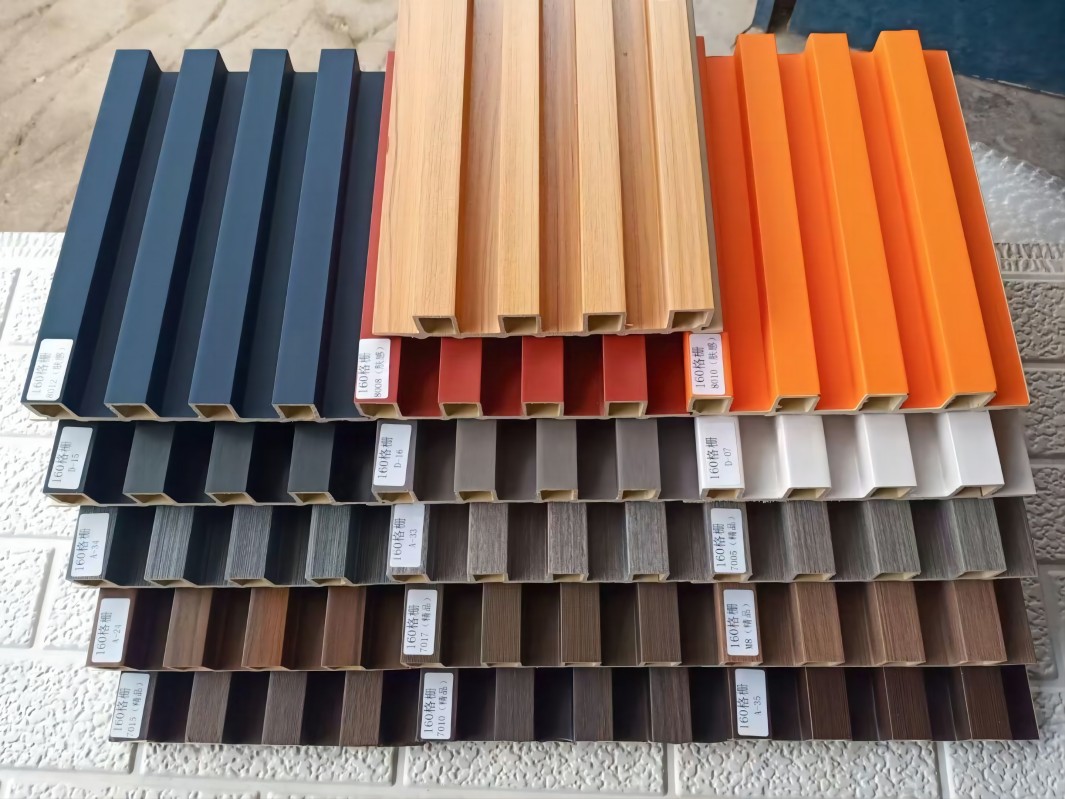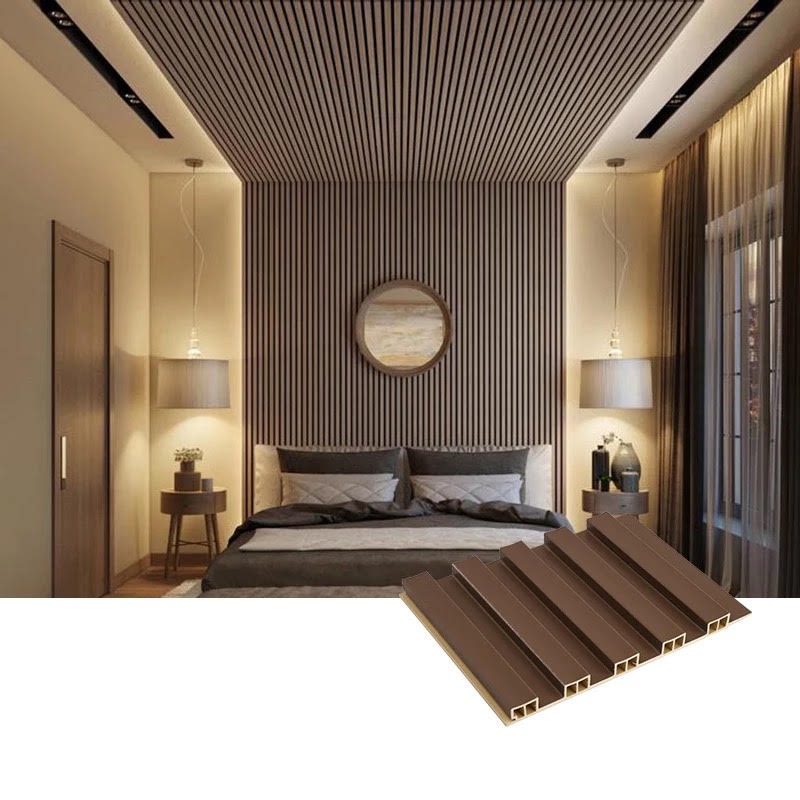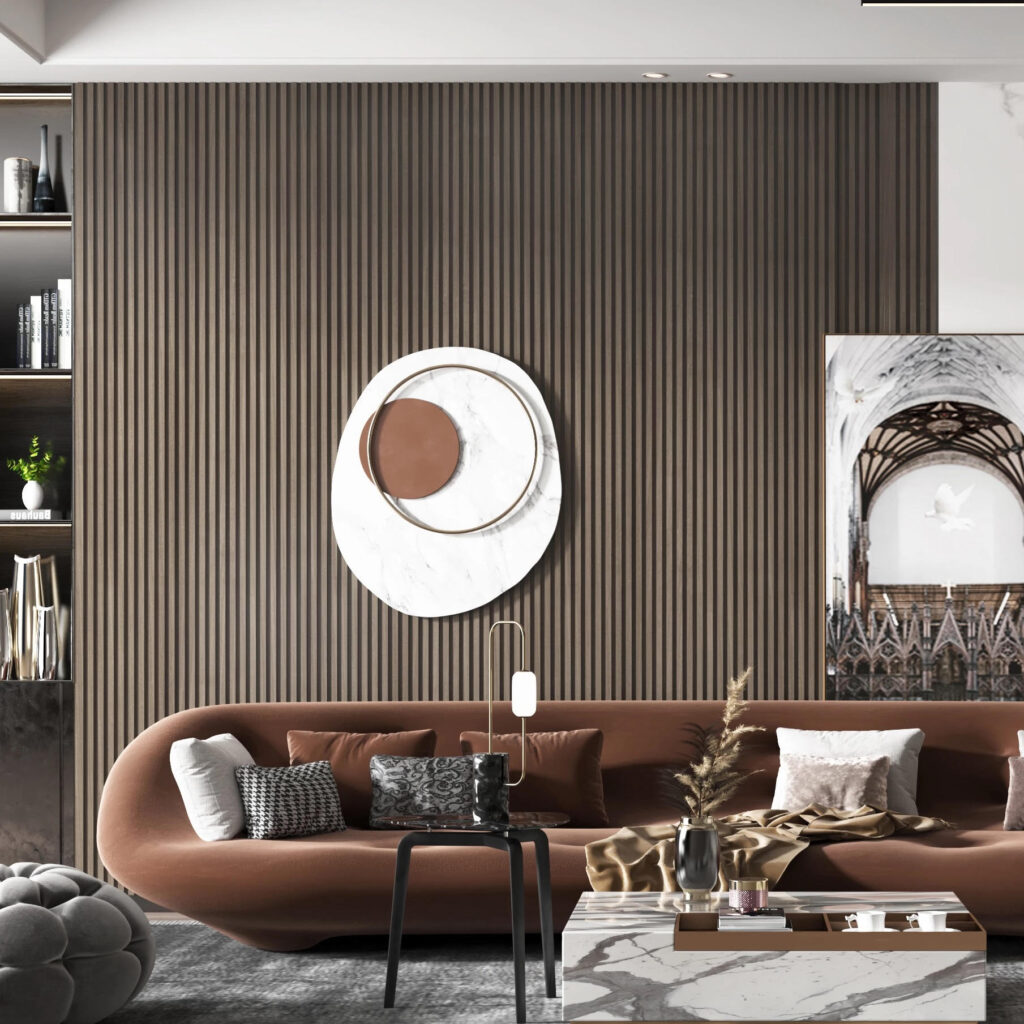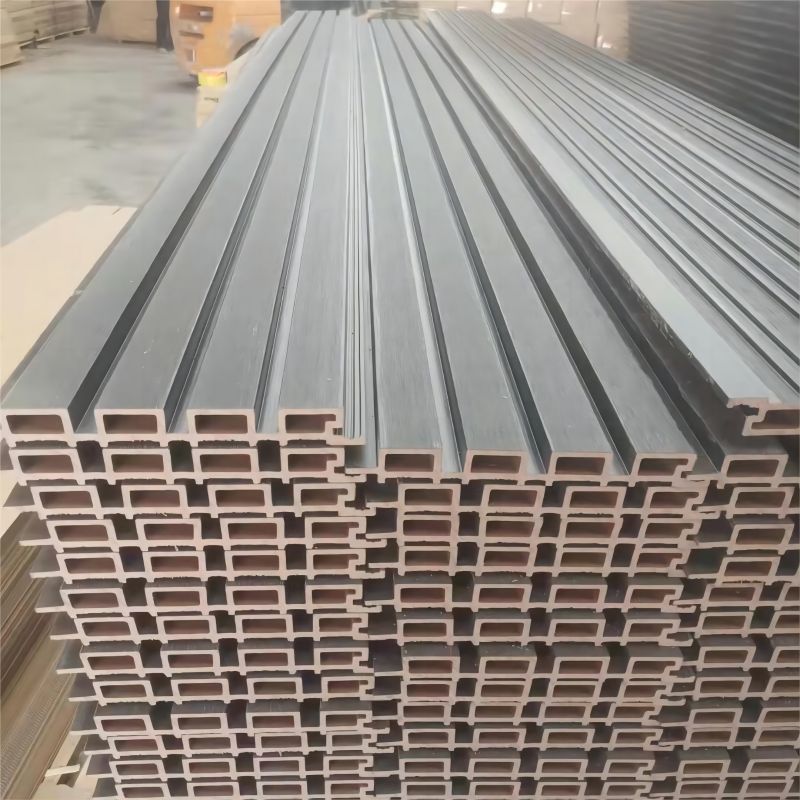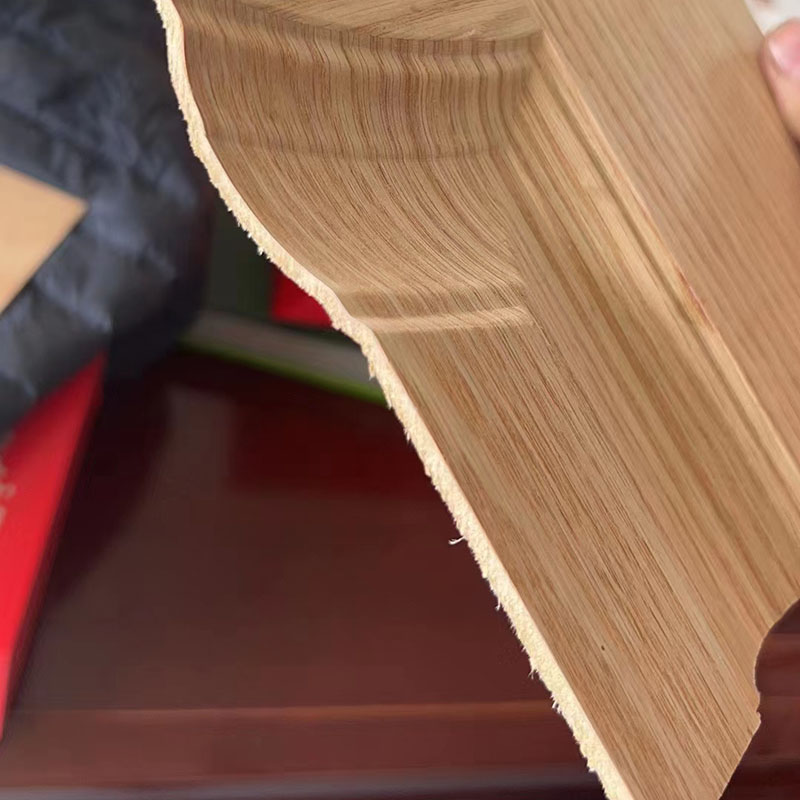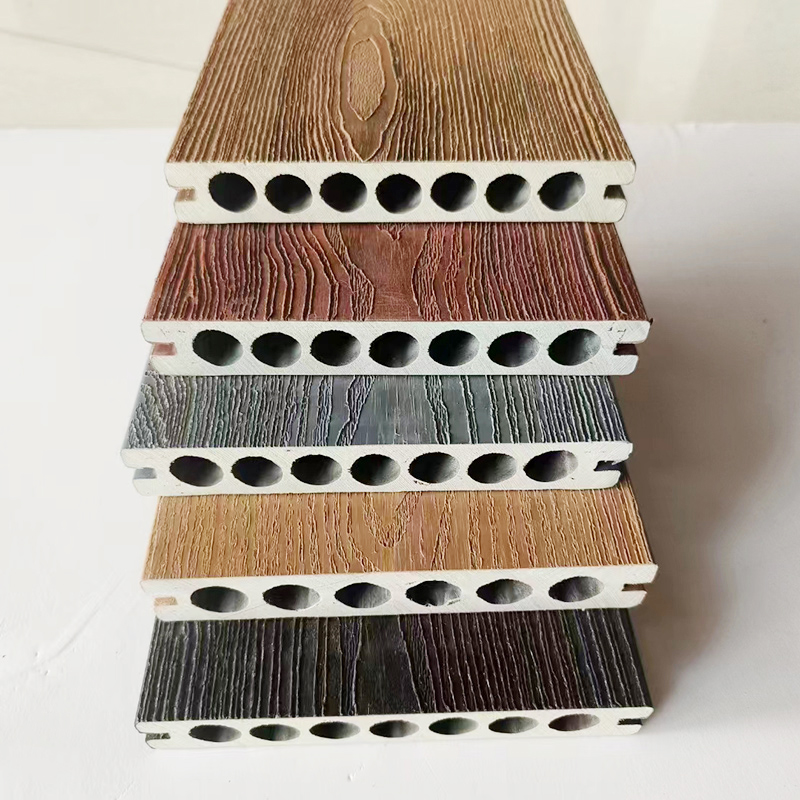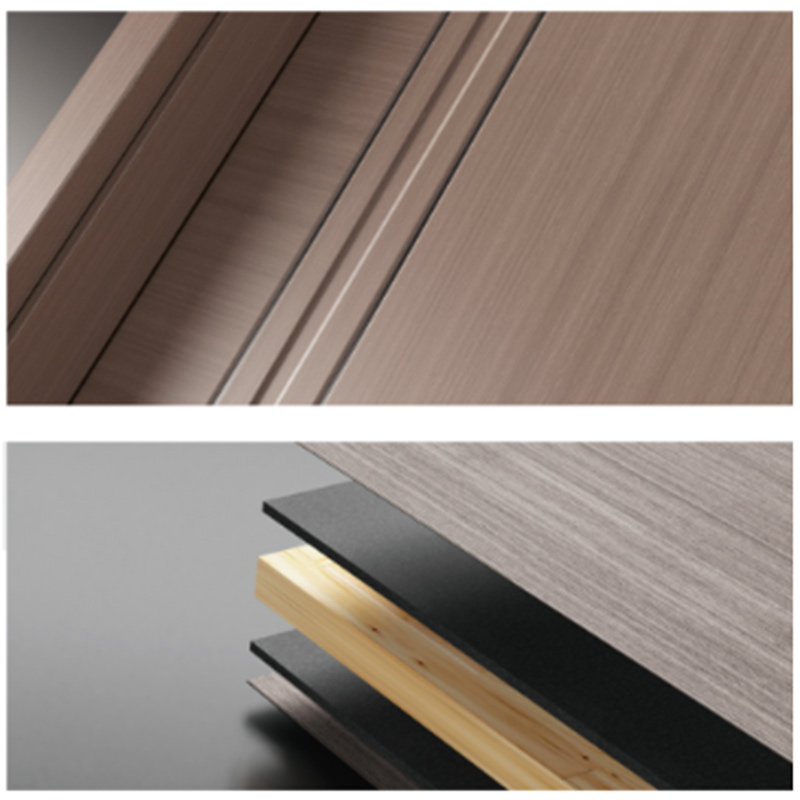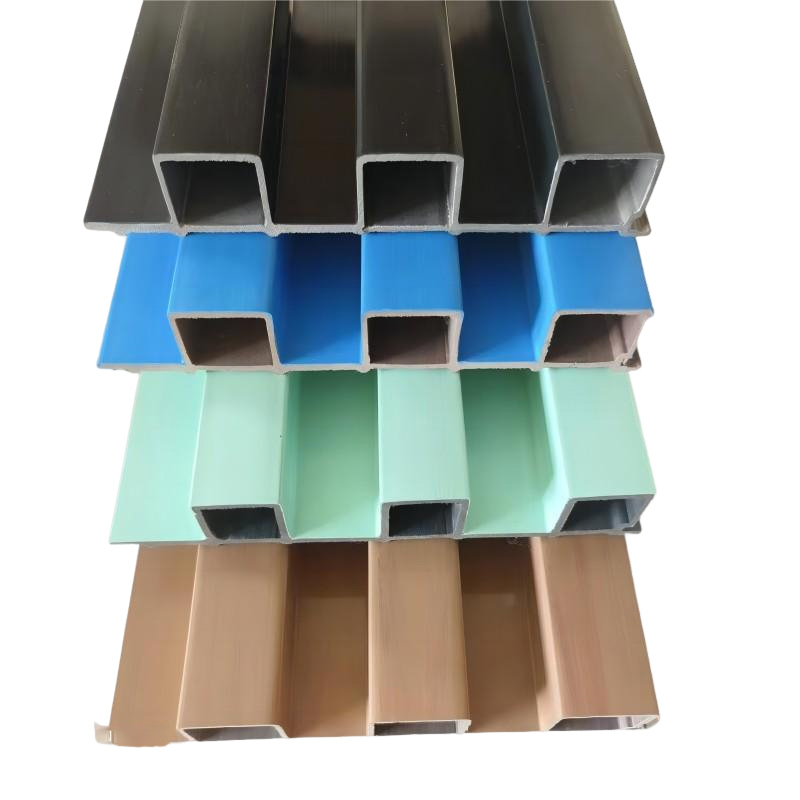Wainscoting WPC panel
Before WPC
Before WPC panels appeared, people used fancy plywood, MDF board or wood for indoor decorations. These panels show very beautiful natural wood grain and colors, especially after painting. Although they show better features than wood, there are also some disadvantages, such as deformation, rot and color decaying. Most of all, they must solve the formaldehyde release, which is harmful to humans health indoor. With continuous strive in exploring, WPC can be a perfect alternate of them.





WPC Wall Panel VS MDF
WPC has unique properties, and here are the details:
● Durable: WPC wall panel is highly durable and water-resistant, which makes it an ideal for indoor and outdoor wall cladding projects. MDF panel is inferior in these environments and may require regular maintenance.
● Installation: WPC panel is installed by using a clip and rail system, which makes it easy to install and remove. MDF panels installation involves nailing or gluing them to the wall.
● Aesthetics: WPC panels come in over 200 colors and textures, including wood grain patterns, while MDF panels can be painted or covered with a veneer to create a variety of finishes.
● Cost: WPC panels are generally more expensive than MDF panels, but they offer superior durability and weather resistance.
● Versatility: The flexible nature of MDF panel allows it to fit more shape or surface, making it a versatile solution for a wide range of applications. While WPC with its hardness is more restricted in linear application.
● Eco-friendly: WPC wall panel uses wood and plastic fiber, and nearly no formaldehyde. Plywood and MDF needs much of the forest and timbers.

WPC Wall Panel VS MDF
WPC has unique properties, and here are the details:
● Durable: WPC wall panel is highly durable and water-resistant, which makes it an ideal for indoor and outdoor wall cladding projects. MDF panel is inferior in these environments and may require regular maintenance.
● Installation: WPC panel is installed by using a clip and rail system, which makes it easy to install and remove. MDF panels installation involves nailing or gluing them to the wall.
● Aesthetics: WPC panels come in over 200 colors and textures, including wood grain patterns, while MDF panels can be painted or covered with a veneer to create a variety of finishes.
● Cost: WPC panels are generally more expensive than MDF panels, but they offer superior durability and weather resistance.
● Versatility: The flexible nature of MDF panel allows it to fit more shape or surface, making it a versatile solution for a wide range of applications. While WPC with its hardness is more restricted in linear application.
● Eco-friendly: WPC wall panel uses wood and plastic fiber, and nearly no formaldehyde. Plywood and MDF needs much of the forest and timbers.

Goods Show






